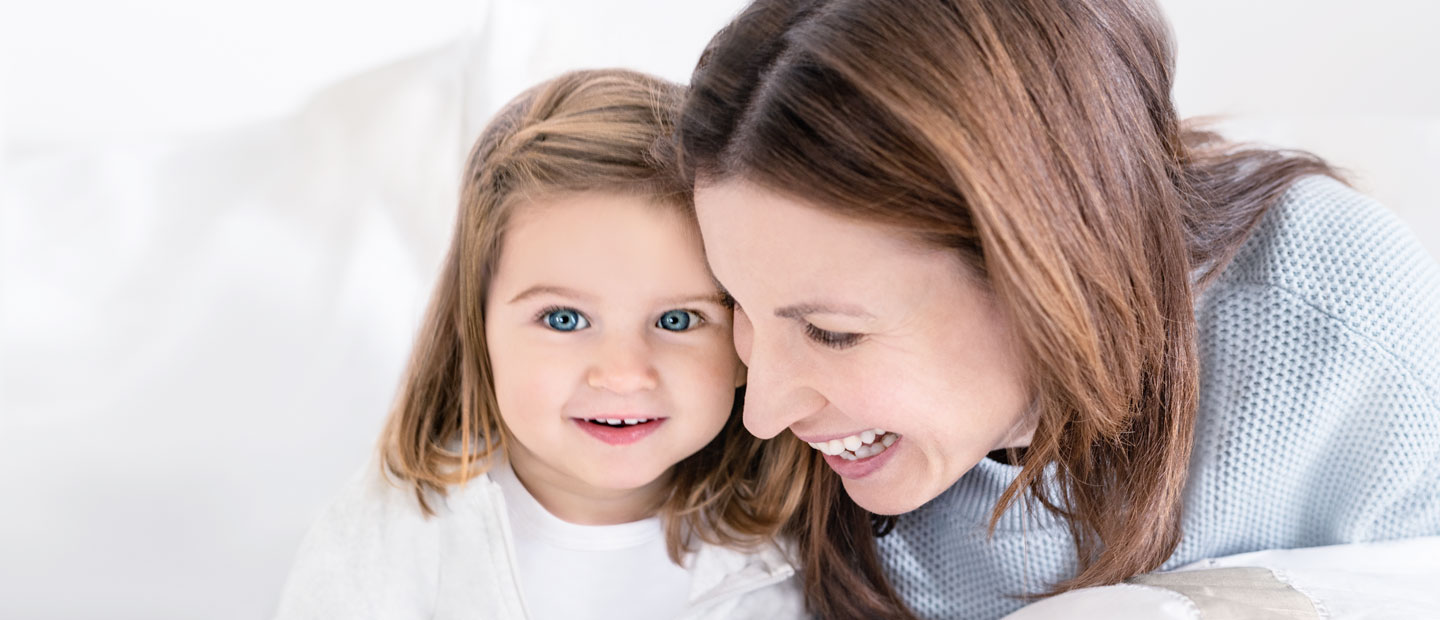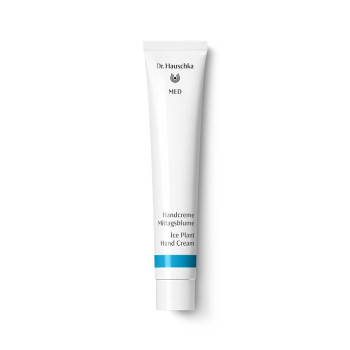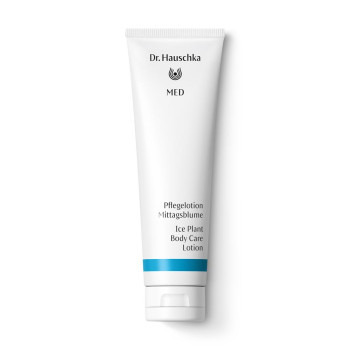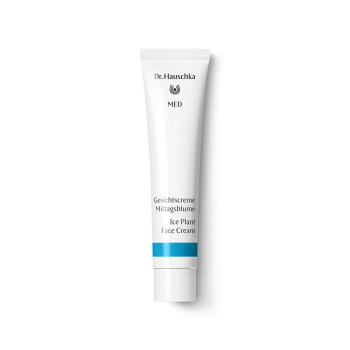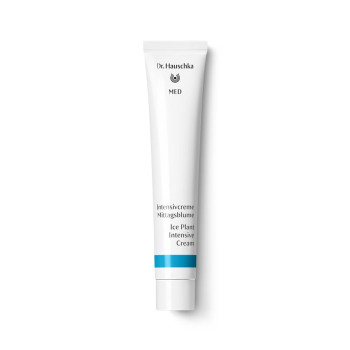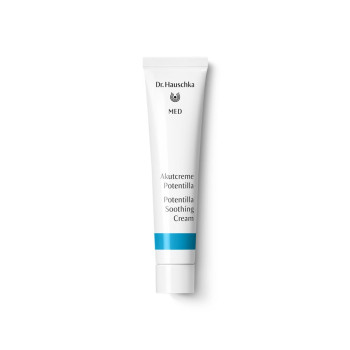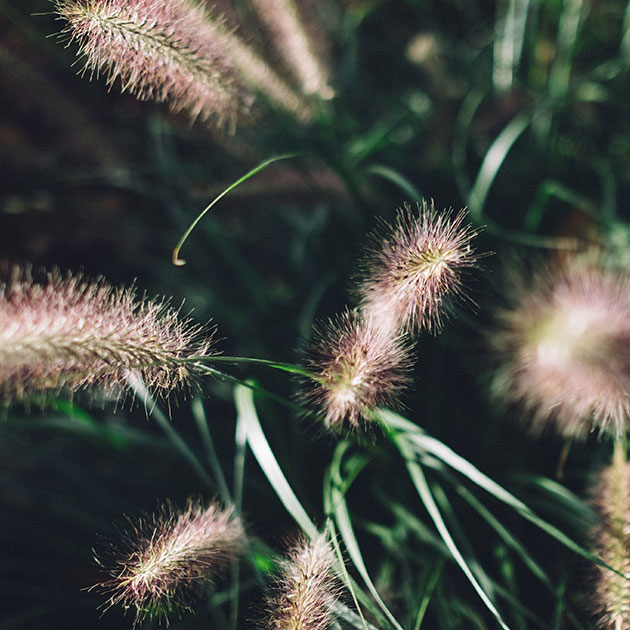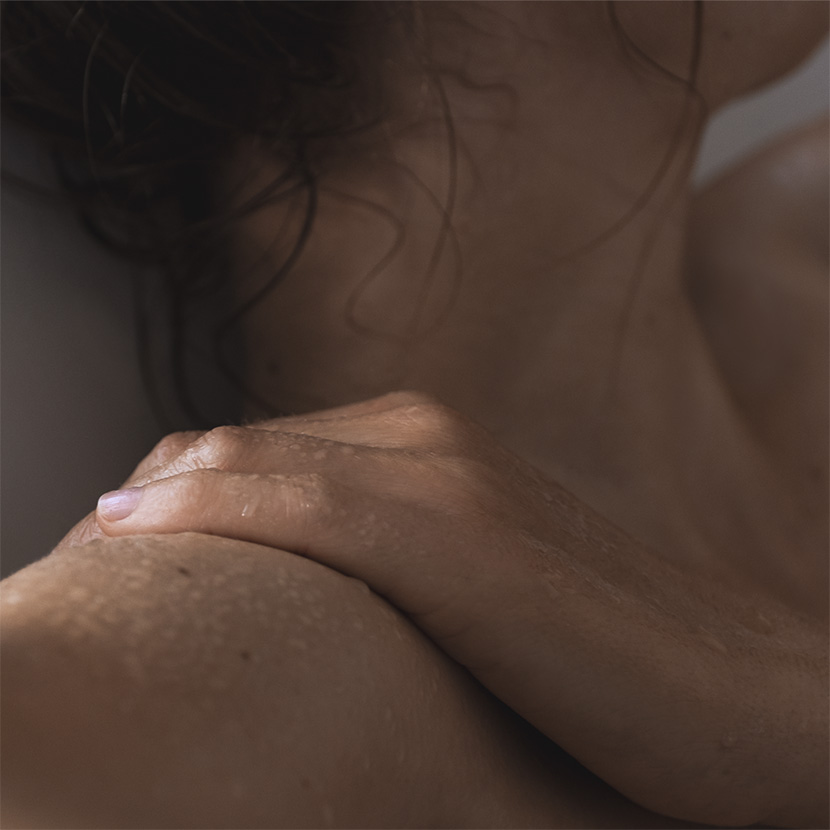Atopic dermatitis in infants and babies
What helps with atopic dermatitis? The most important tips for parents.
Does your child suffer from atopic dermatitis? Or are you worried that they might? In either case, rest assured that you and your child are not alone. Atopic dermatitis is extremely widespread in children. As a result, there are a wealth of studies and reports of individual experiences to draw on. Plus, you can also exchange information with other affected families. In this guide, we share with you some interesting background information and the most important tips for parents.
What exactly is atopic dermatitis? And how can you recognise atopic dermatitis in infants and babies?
Atopic dermatitis is a non-contagious inflammatory skin disease that is also known as atopic eczema, or simply eczema. It often begins in infancy or childhood and may go away on its own as the child gets older. Atopic dermatitis presents itself as very dry, itchy, flaky skin that develops irritated, red, weeping or inflamed areas during acute episodes. Atopic dermatitis typically comes in phases, alternating between periods when your child’s skin is almost symptom-free and periods when your child has acute symptoms. The itching is then often so severe that children end up with cuts on their skin from scratching. This enables bacteria to penetrate the skin and cause inflammation. So while preventing your child from scratching is a tricky task, it is also one of the most beneficial things you can do as a parent.
The symptoms of atopic dermatitis appear in different places in babies and infants.
- Atopic dermatitis in babies: Often appears on the head (which may be mistaken for cradle cap), the face, the ears, and the outside of the arms and legs
- Atopic dermatitis in infants: Tends to appear on the neck, the back of the knees, the crooks of the elbows, and the hands and wrists
Spot the difference: Atopic dermatitis and cradle cap
Flaky skin can be the first sign of atopic dermatitis, or eczema, in babies. However, it is easily confused with cradle cap, or seborrheic dermatitis, which is harmless. Cradle cap produces soft, yellow-brown flakes on your baby's head. Atopic dermatitis, meanwhile, produces hard flakes that may crust over and become red and inflamed. In case of doubt, consult your paediatrician.
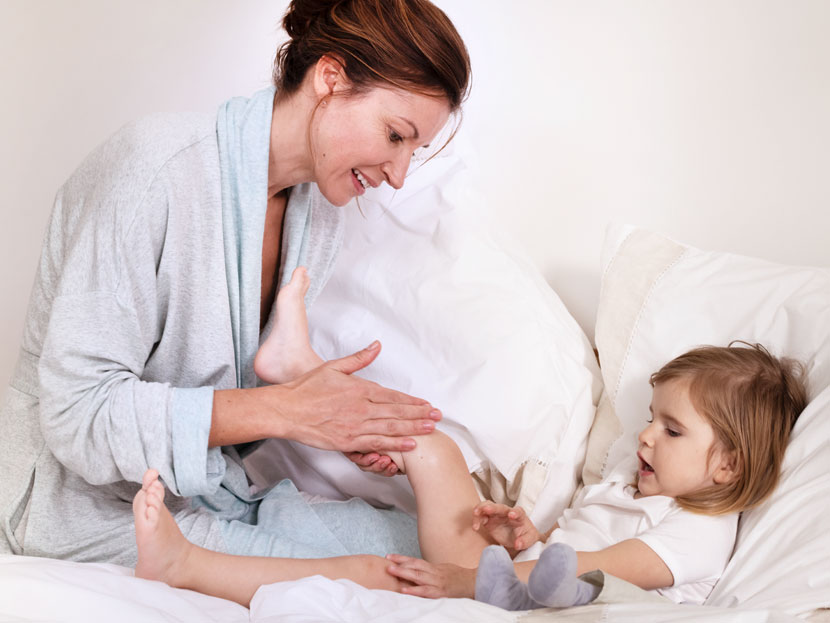
What are the possible causes or triggers behind atopic dermatitis in your child?
What causes atopic dermatitis – in both children and adults – remains unclear. It is most likely the result of several factors, e.g. a disrupted skin barrier, environmental influences and genetic predisposition. If one parent suffers from asthma or hay fever, which also fall into the atopic allergy group, this increases the likelihood of the child developing atopic dermatitis.
The triggers behind an atopic dermatitis flare-up differ greatly from child to child and must therefore be identified individually. Triggers can include woollen blankets or guinea pigs, central heating or a new washing powder, a food or an infection, overly frequent bathing or even stress. Once you understand what your child is reacting to, you can be better prepared for or even prevent the next episode.
What can you do if your child has atopic dermatitis?
First of all, you should have the symptoms that may indicate atopic dermatitis in your child clarified by a doctor. Seek advice from your paediatrician and, if necessary, from other parents. In this article, you will also find practical tips on how to help your child with atopic dermatitis – from the right diet to low-irritation clothing and suitable creams and lotions. In short: there are things that you can do to help. And doing so will help both you and your child feel better.

Eight tried-and-tested tips to help infants and babies with atopic dermatitis.
Tip 1: Triggers – Keep a diary
Keeping an atopic dermatitis diary (either in paper or digital form) can make it easier to identify possible triggers. Make a daily note of your child's skin condition, what they eat and drink, what external influences are present (e.g. weather, pollen count, illnesses, vaccinations, contact with animals) and what products you apply to their skin. Since the skin reactions are delayed, it is not always easy to identify the cause of a flare-up. It is therefore best to discuss your findings with your doctor.
Tip 2: Diet – Find out what’s good
As a general rule, the skin benefits from a balanced diet that includes as many natural foods as possible and that is low in ready-made meals and sugar. For children with atopic dermatitis, it is a good idea to investigate possible food intolerances. Try cutting out common culprits such as citrus fruits, wheat or cow's milk products for a while and observe how your child’s skin reacts. As with any elimination diet, you should only ever test one potential trigger at a time.
Tip 3: Clothing – Keep irritation to a minimum
Materials like wool or synthetic fibres can irritate the skin. To keep potential irritation to a minimum, choose loose-fitting clothing for your child that is made from non-scratchy, lightweight and breathable material (e.g. organic cotton or silk). Remove any labels that may rub against the skin. Buying second-hand children's clothes and washing new clothes before first-time use will help you avoid potential residues that may irritate the skin or even cause an allergic reaction. The same goes for detergents: by using fragrance-free products for sensitive skin, you minimise the risk of skin irritation.
Tip 4: Scratching – Minimise the damage
Even if you are able to explain to an older child that scratching actually makes the irritation worse, it is impossible for children to resist scratching altogether – especially while they sleep. You should therefore keep your child’s fingernails as short as possible. Overnight, you can put them in special cotton gloves designed for atopic dermatitis or sleepsuits with integrated scratch mitts. So-called “scratch blocks” can also help by directing the urge to scratch away from the affected area.
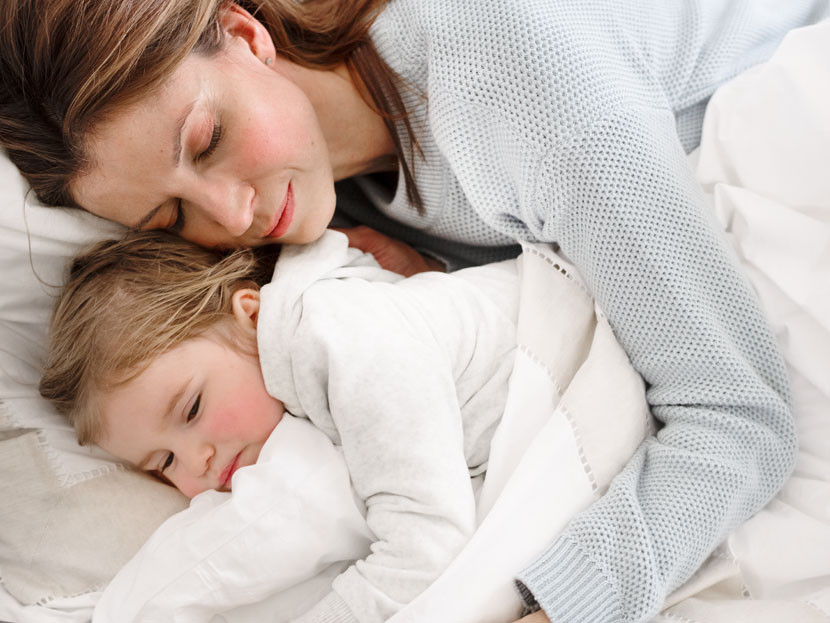
Tip 5: Rituals – Rhythm, structure and skin contact
Babies and infants with atopic dermatitis enjoy body contact and caresses, so don't hold back. You can combine this physical affection with skin care and simultaneously apply lotions or creams for atopic dermatitis . Take your time to gently rub or massage the products into the skin. By incorporating this into a story or a song, you can even turn it into a daily ritual. Rituals are helpful for giving the entire family structure and rhythm. They can be particularly beneficial in the evening as a way of preparing your child for a good, restful sleep.
Tip 6: Self-care – Also look out for number one
Parents of children with atopic dermatitis are often under enormous pressure: they want to do everything right and, as a result, may not take enough time for themselves. But if you are relaxed, this will help your child to relax also. So do yourself and your child a favour by consciously allowing yourself some time out: enjoy a foot bath, apply a pampering skin oil, do some yoga, take an evening off...
Tip 7: Bathing – Not too long, hot or often
Hot baths dry out the skin of children with atopic dermatitis. Don’t bathe your child too often, for too long, or in water that is too hot. It is also best to avoid bubble baths, so opt for moisturising bath oils or essences instead. After bathing, gently pat the skin dry rather than rubbing it. Because children’s skin is still developing, it is very easily damaged. Finally, be sure to apply lotion to your child’s skin after showering or bathing.
Tip 8: Skin care – Find the right products
Children with atopic dermatitis need professional, gentle skin care that supports their individual needs in every phase and is specially adapted to their delicate skin. Dr. Hauschka MED provides 100% natural formulas that contain no mineral oils, silicones, urea or fragrances, because these substances can cause further irritation. Our entire skin care range has been dermatologically tested and also found to be effective and very well tolerated by young children and people prone to atopic dermatitis. Our Ice Plant Body Care Lotion, Ice Plant Face Cream and Ice Plant Intensive Cream are even suitable for babies.
With Dr. Hauschka MED, you can find the right skin care formula for every situation. Depending on your child’s skin condition, you have the choice between products that supply the skin with oil and moisture (daily basic care), that restores moisturizing balance to particularly dry and itchy patches of skin (rich intensive care) and that quickly soothe itching caused by dryness and dehydration (calming acute care).

